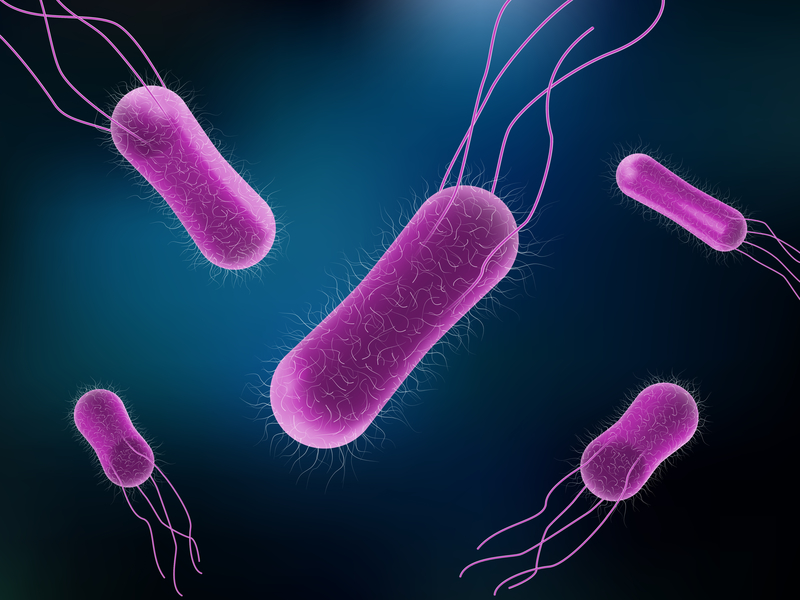
— OPINION —
If you recall, two weeks ago, I launched my column, “The Litigated Dish,” with the goal of addressing the Internet’s most frequently asked food safety questions. I kind of veered off topic last week when I discussed the most startling recent foodborne illness outbreaks, but I’m back on track.
We already delved into one of the top Google searches: the top foodborne pathogens.
Another super popular question is whether foodborne illness is contagious.
This question, however, is quite broad because – which foodborne illness? There are several bacteria, viruses, and parasites that can cause foodborne illness. I thought I would put together a neat little table of some of the pathogens I frequently encounter, their food sources, and whether they are contagious.
Hope it helps.
| Pathogen | Common food sources | Contagious? |
| Norovirus | Produce, shellfish, and any food contaminated by someone who is infected with the virus | Yes, highly contagious. Some people may be contagious for as long as two weeks after recovery. |
| Salmonella | A wide variety of foods, including raw and undercooked eggs, undercooked meat and poultry, produce, and pet food | Yes. You can get a Salmonella infection from another person or even from your pet. If you have been infected, you can spread Salmonella for as long as you carry the bacteria in your bowel, which may be months after you stop having any symptoms. |
| E. coli | Undercooked ground beef, unpasteurized milk and juices, produce and sprouts, contaminated water, animals and their environment, feces of infected people | Yes, contagious for at least as long as the person has diarrhea, and sometimes longer. E. coli bacteria can be spread from humans and animals. |
| C. perfringens | Meat, poultry, gravies, and food cooked in large batches and held at an unsafe temperature | No. |
| Campylobacter | Undercooked poultry, raw milk, untreated water | Not usually, but it can happen if the infected person does not thoroughly wash their hands after using the bathroom. Infected people will continue to pass the bacteria in their feces for a few days to a week or more. |
| Listeria | Unpasteurized dairy products, deli meats, smoked fish, pates or meat spread | Listeria is not contagious from person to person, but the bacteria may be passed from mother to fetus during pregnancy or directly to the newborn at the time of birth. |
| Botulism (C. botulinum) | Improperly prepared home-canned foods | No. |
| Staphylococcus aureus | Cooked foods high in protein (e.g., cooked ham, salads, bakery products, dairy products) that are held too long at room temperature | No. But people who carry Staph can contaminate food if they don’t wash their hands before touching it. If food is contaminated with Staph, the bacteria can multiply in the food and produce toxins that can make people ill. |
| Shigella | Salads, untreated water, and any food handled by someone who is infected with the bacterium | Yes, highly contagious. Shigella foodborne outbreaks are most often associated with contamination by a sick food handler. |
| Vibrio spp. | Raw or undercooked seafood, particularly shellfish | No. |
| Hepatitis A | Raw or undercooked shellfish, produce, unclean water, and any food contaminated with an infected food handler | Yes, highly contagious.It can be spread from close, personal contact with an infected person, caring for someone who is ill, or using drugs with others. Hepatitis A is very contagious, and people can even spread the virus before they feel sick. |
| Cyclospora | Produce | Unlikely. |
| Cronobacter sakazakii | Low-moisture, dry foods, like powdered infant formula, powdered milks, starches, and herbal teas | Unknown. Experts do not know if it spreads from person to person. |
(To sign up for a free subscription to Food Safety News,click here)